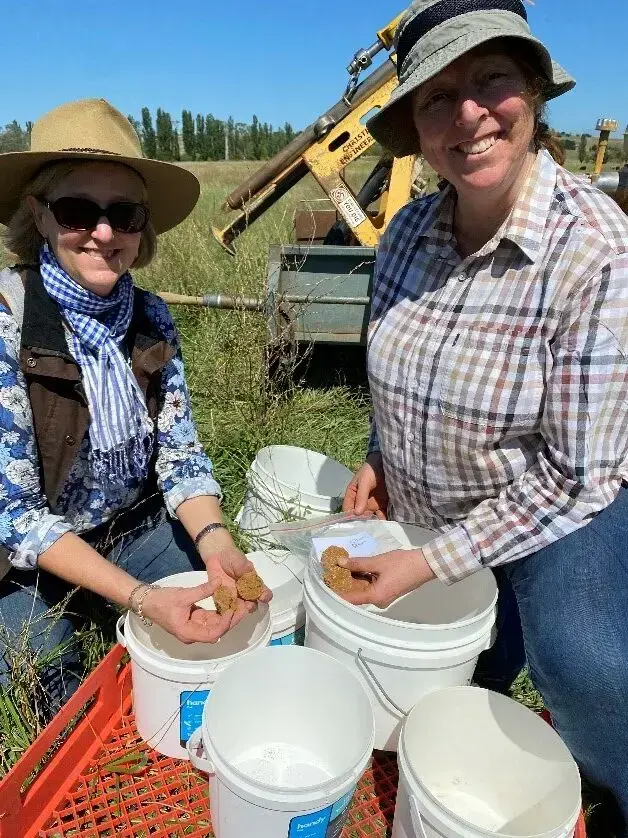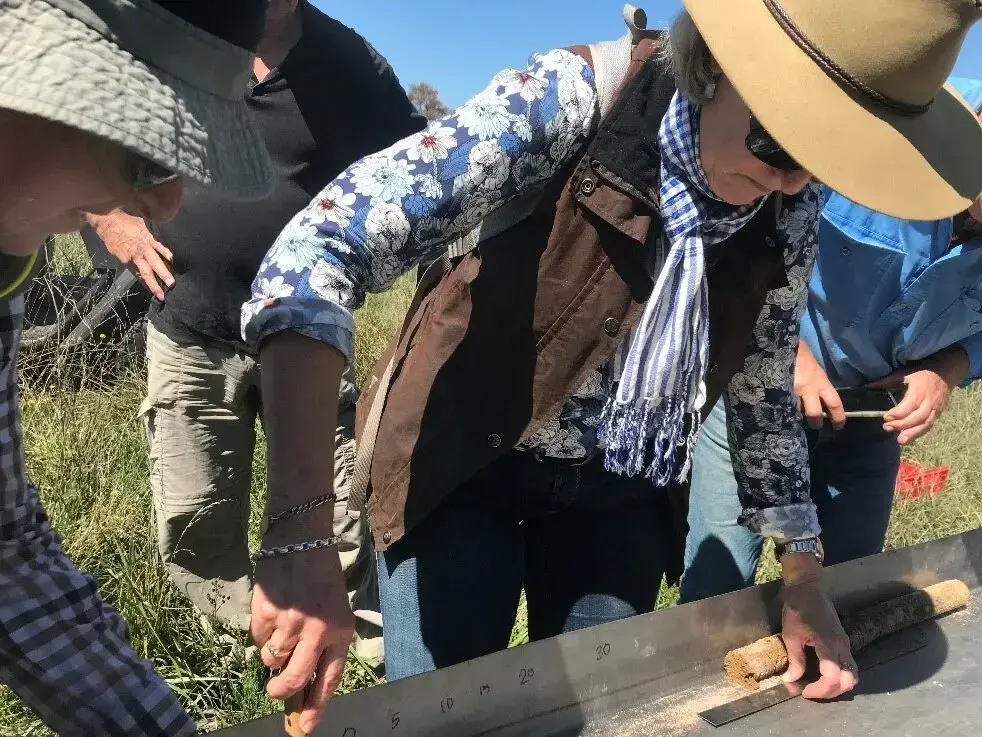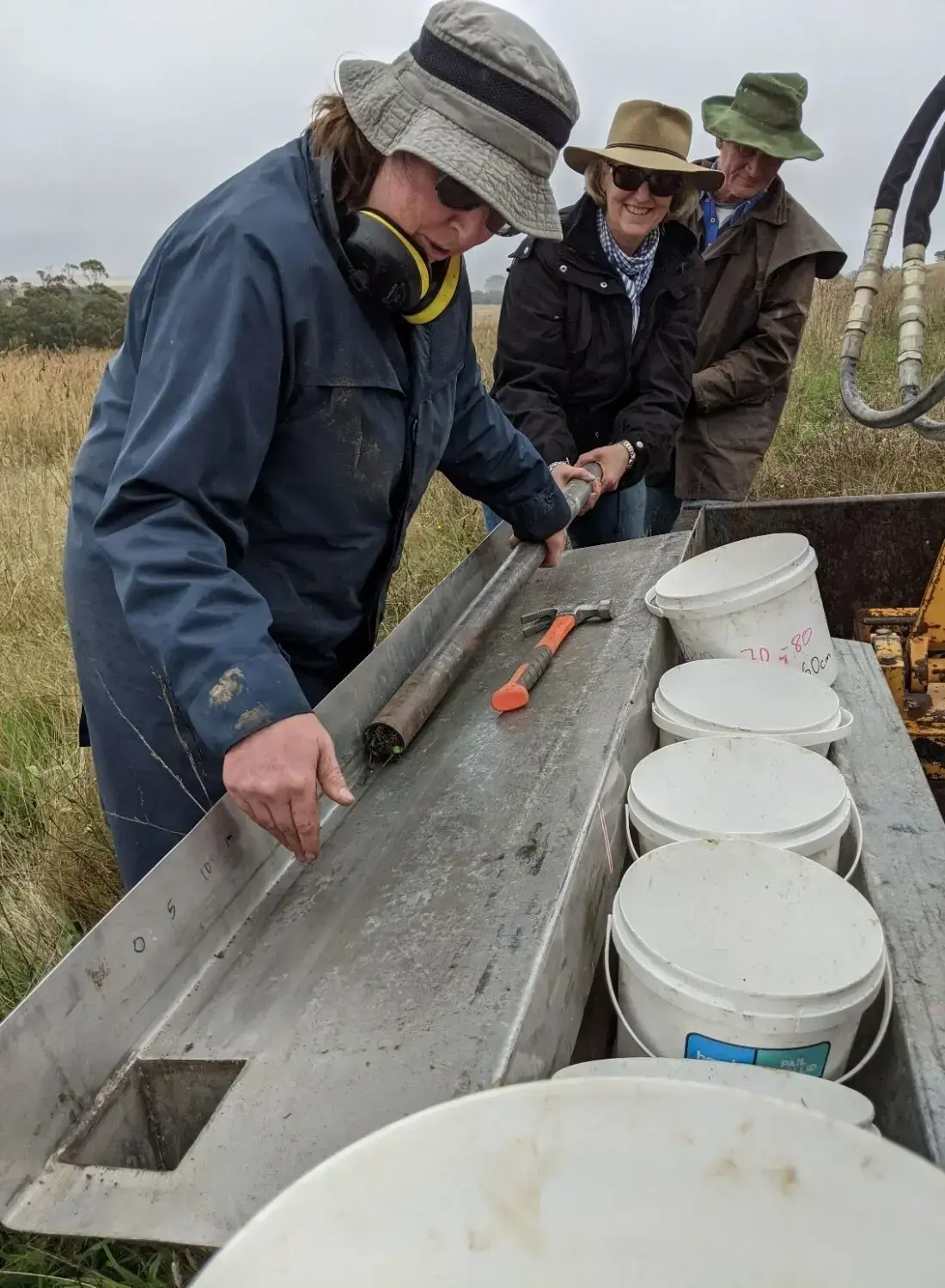
Jillamatong, NSW
What lies beneath? Digging deeper into the soils at Jillamatong
Soils For Life is working hard to build collaborative research partnerships, bringing together innovative landholders and researchers to regenerate agricultural soils and landscapes. To explore such a partnership, the Soils For Life team and ANU researchers visited regenerative farmer, Martin Royds’ property, Jillamatong, to take a closer look at soils in a highly diverse and variable landscape.
Bob Costanza and Ida Kubiszewski, from the Australian National University, told us that they’re building a tool to understand natural capital on farms and how it contributes to profitability and resilience. With producers playing an important role in helping them to assess and value natural capital and ecosystem services on farms we headed out to catch up with Martin Royds and Matt Hulse at Jillamatong, Braidwood NSW.
Martin shared his insights and experience of regenerating Jillamatong. We focused on how he had rehydrated his landscape and changed his grazing management to rebuild soil function, improve the resilience of his farm system and improve productivity. Matt talked about how crucial rehydrating the landscape is and the possibilities to support landholders achieve better productivity.
At Soils For Life, we know that what you can see above the ground is only part of the story. We took a hydraulic soil corer out to dig a little deeper and check out the soils too. When it comes to hard work it was all hands on deck!
Soils vary across the landscape with changes in vegetation often reflecting variation in the soil below. Even though we took these samples only metres apart, there were visible differences in the colour and structure of the soil.
Martin uses strategically placed compost piles to add fertility to his system and support recycling of organic waste. Even though the weather changed, it didn’t stop us from taking a closer look. Here are the cores we took from above and below an aged compost. The colours are different suggesting more organic matter in the samples below the compost and the texture changes a higher clay content below the compost pile.
These changes are common as you move down a slope, but the question for us is how much of the change is linked to the compost pile? Is there a real effect? Martin thinks so and we could see some changes in the vegetation that also suggest an impact. To really work out just what the impact is and by how much, we’ll need to do a bit more work to analyse the change.
Over time, soil can be transported down a slope and across the landscape burying the original soil layers. Here’s an example we found. The darker patch in the middle indicates more organic matter and suggests that at some point in the past this was the original surface.
Soil can move down the slope and bury the original soil layers.
It was a pretty fascinating journey to look at the landscape and dig below the surface. These were just our observations whilst out in the field. We’ll be working with ANU to explore the processes occurring at Jillamatong.
Image 1: From left to right, SFL Program manager Daniela Carnovale, Martin Royds and Liz Clarke standing next to an old compost pile with out soil samples taken from above and below. Image 2: Two soil cores showing differences in colour and structure taken from areas with different pasture plants. Image 3: Soil can move down the slope and bury the original soil layers.










